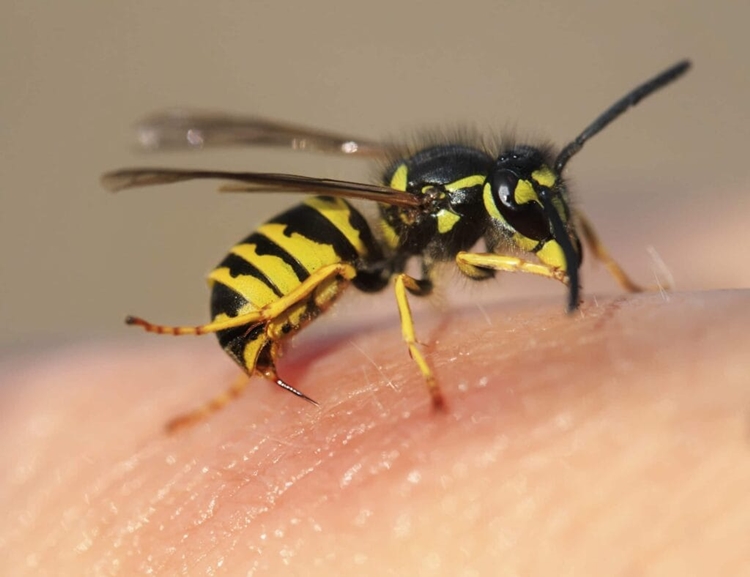Sarangani Teen Succumbs to Bee Sting Allergy
SARANGANI – A 19-year-old girl from Malungon sadly passed away after being stung on the forehead by a large bee.
A bee sting occurs when a bee injects venom into the skin through its stinger. For most people, this causes mild symptoms such as sharp pain, redness, swelling, and itching at the sting site. These usually go away after a few hours or days. However, for people who are allergic to bee venom, a sting can trigger a serious reaction called anaphylaxis, which can be life-threatening and requires immediate medical attention.
If you are stung by a bee, remove the stinger as soon as possible by gently scraping it off with the edge of a card. Avoid using tweezers, as squeezing the stinger may release more venom into the skin. After removal, wash the affected area with soap and water to reduce the risk of infection. Applying a cold compress or ice pack can help reduce swelling and pain. If necessary, take an antihistamine for itching or a pain reliever like ibuprofen or paracetamol.

Watch for signs of a severe allergic reaction, such as difficulty breathing, swelling of the face or throat, dizziness, or skin rashes. If any of these occur, seek emergency medical help immediately. People with known bee sting allergies should always carry an epinephrine auto-injector (such as an EpiPen) and use it at the first sign of a reaction.
To avoid bee stings, remain calm around bees, avoid wearing strong scents or brightly colored clothing outdoors, and stay cautious near flowers or garbage bins. Being prepared and knowing how to respond can make a big difference.

Meanwhile, the 19-year-old girl from Malungon, Sarangani, was reported to have a known allergy to insect stings. After being stung on the forehead, she experienced difficulty breathing and lost consciousness. Emergency responders rushed her to the hospital, but despite doctors’ efforts, she was declared dead while receiving treatment.
